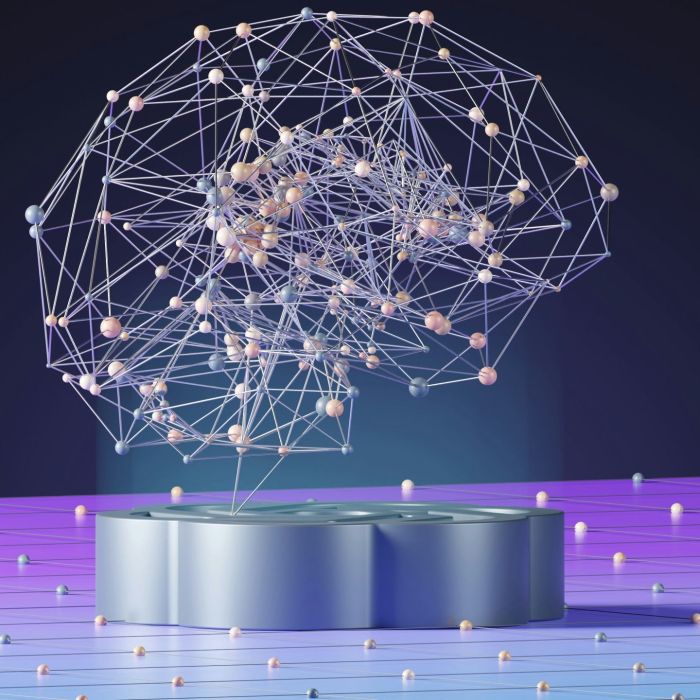AI is to optimisation, what the fuel engine was for the very first car. With all this optimisation and efficiency evolving, however, what are we doing with the time we win back?
AI as a catalyst
AI acts as a catalyst for nearly every part of our lives and work. Its role, however, continues to change. As AI evolves from assisting us to acting autonomously, it raises key questions about the future of human skills and the role we play in a world increasingly driven by intelligent machines.
Tools shape us, and we shape the tools
Throughout history, tools have transformed the way we live and work. The axe enabled us to build shelters, the steam engine powered the Industrial Revolution, and the internet connected the world. Each innovation shifted human effort “up the stack,” moving us from physical labour to craftsmanship, from rote tasks to creative problem-solving. AI is no different. It’s not replacing us. It’s replacing tasks. In particular, it’s replacing those annoying, repetitive, time-consuming ones.
The tools adapt
Whether it’s ChatGPT, Deepseek, Perplexity, or any number of LLMs that you can think of, AI is going far beyond the traditional tool, and becoming the collaborative co-pilot. For example, AI-powered writing assistants draft emails, which means we can focus on tone and strategy. AI agents in Excel analyze datasets, freeing us to interpret trends and make decisions. Presentation tools auto-generate slides, letting us sharpen our storytelling and audience engagement. These tools amplify our capabilities, enabling us to achieve more with much less effort. AI is, however, remarkably different to the tools of our yesteryear. That’s because AI can learn and adapt. AI blurs the line between tool and collaborator, raising new questions about autonomy, trust, and control.
The pace of evolution
That’s where things turn interesting, because AI tools can learn and adapt far faster than humans can. The friction of manual input dissolves, but so does our direct control. The challenge we now face has shifted from “How do I use this tool?” to “What should I ask this tool to do?” and “How do I trust its output?” Our work with AI-powered solutions, from facial recognition to predictive analytics, has shown us that the real value lies not in the technology itself but in how we use it to solve meaningful problems.
What machines can’t replicate
As AI handles execution, our value as humans migrates to skills that are intrinsically just that – human. Those are things that AI simply cannot possess: judgment, creativity, empathy, and critical thinking. AIs may generate a contract, but a human ensures it aligns with fairness and long-term relationships. An algorithm can optimise a supply chain, but only a human can truly assess the social and environmental effects of that optimisation. The future belongs to people who can combine technical expertise with uniquely human skills. Whether it’s designing a serverless data monetisation platform or developing an AI-powered retail experience, at 20fifty we focus on the human element—understanding the problem, empathising with users, and crafting solutions that matter.
The greatest risk is not the one you think it is
Some day, we will reach the fabled point of singularity, but the greatest risk isn’t AI surpassing us. Instead, it’s us undervaluing what makes us human. Perhaps we will see ourselves being surpassed in our ways of task execution, but the skills that can’t be automated will be the ones that enable us to remain firmly leading the way.
At 20fifty, we see AI as a tool that amplifies our humanity, not diminishes it. The axe didn’t replace the lumberjack. It made the lumberjack more effective. Similarly, AI won’t replace thinkers, creators, or leaders. It will – and does – challenge us to become better ones.
What will you build with the time AI gives back to you? At 20fifty, we’re using it to shape a future where technology serves humanity, and to build what matters, one innovative solution at a time. Let’s build it together.




